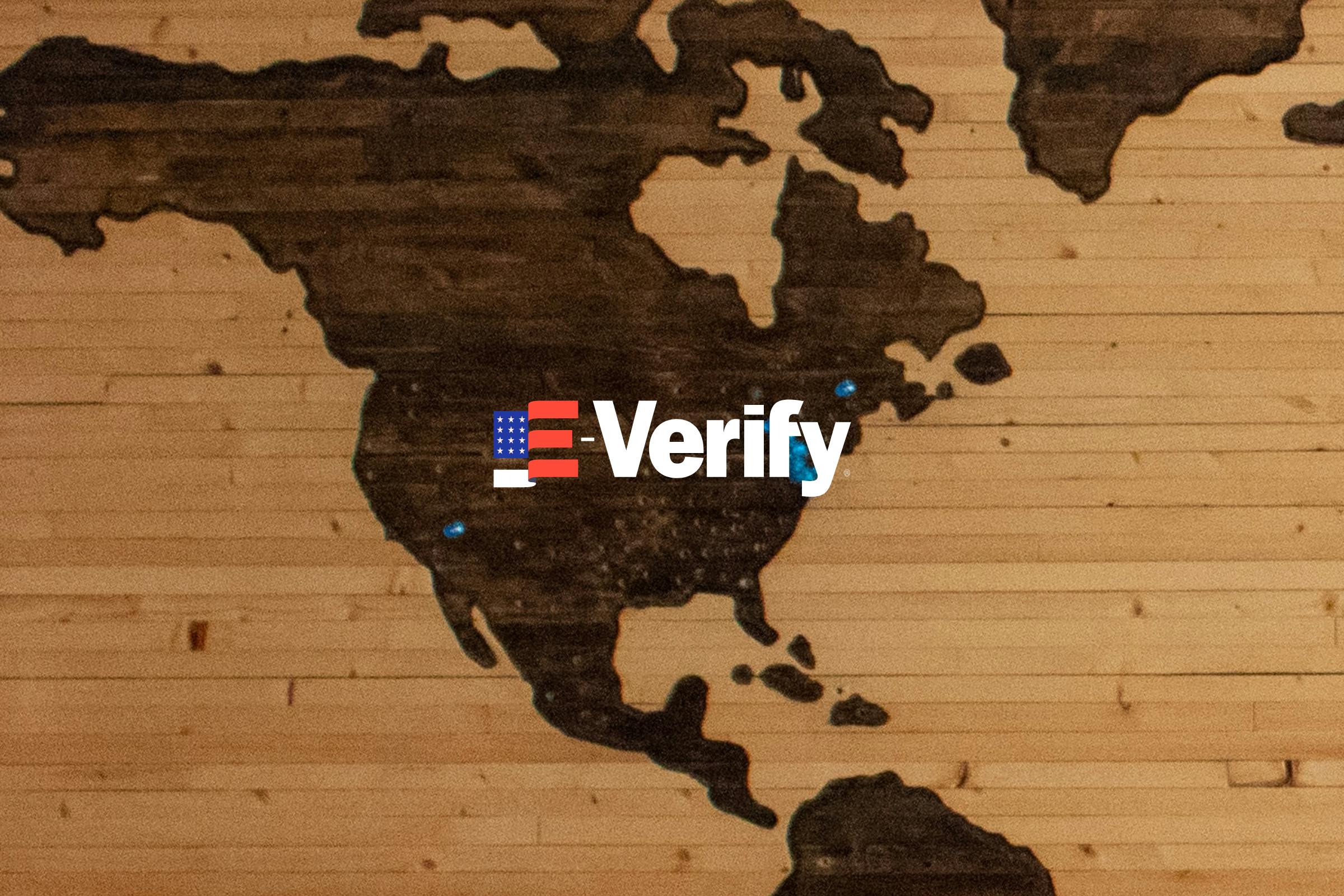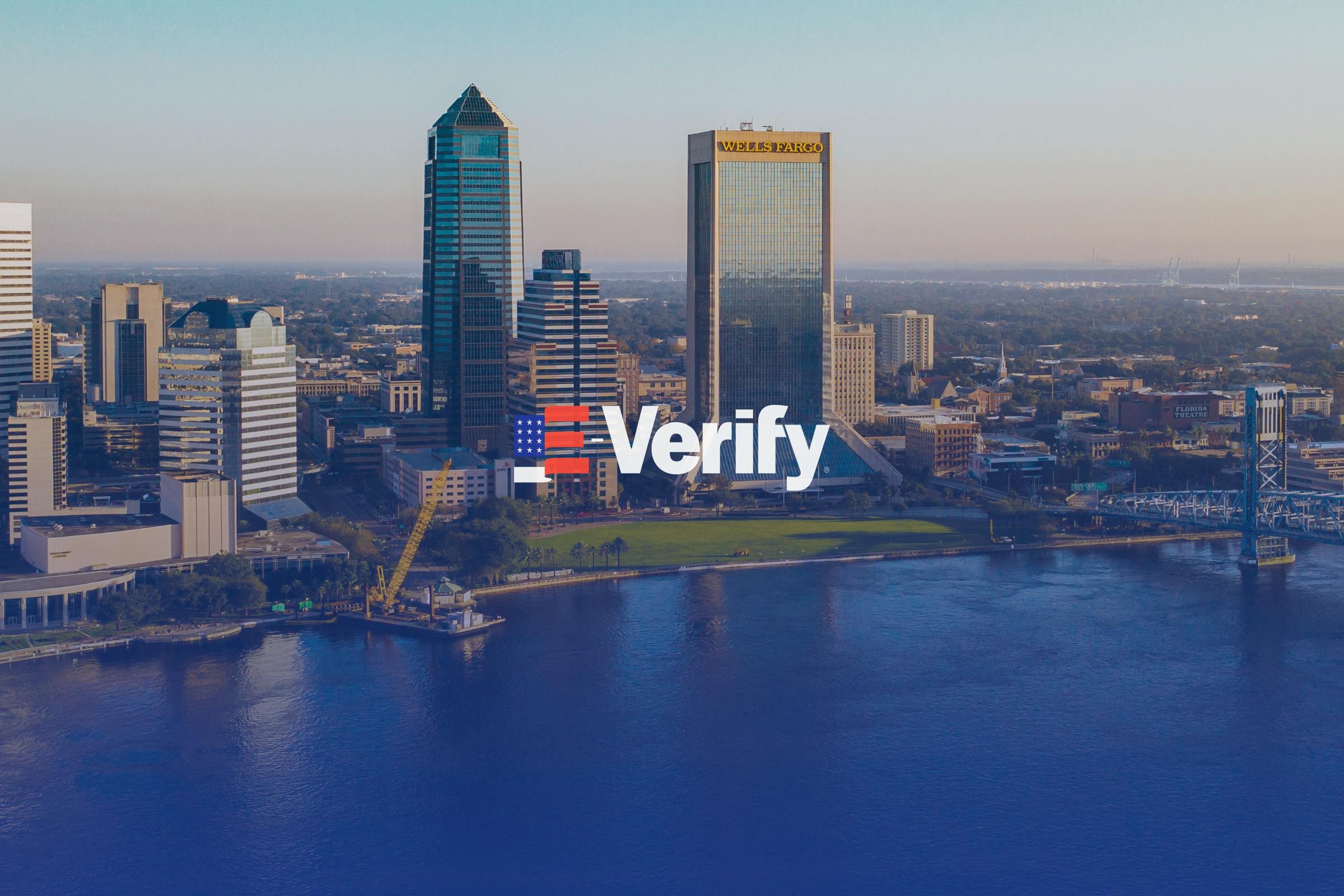The USCIS has updated their policy manual to incorporate existing guidance from the Adjudicator’s Field Manual (AFM). This process is meant to improve guidance and clarify immigration policy in regards to handling applications and the evidence that is submitted with each case.
In general, the USCIS handles and accepts two main types of evidence from applicants: primary and secondary. The agency also handles original copies of statements and photocopies. In this blog, we will take a closer look at the burden of evidence needed in USCIS applications, differentiations, and how the USCIS interprets evidence that is submitted alongside an application.
Primary Evidence
Let’s say you are an immigrant and filing for an adjustment of status from within the United States. One of the main pieces of evidence that is required to submit with your AOS application is your birth certificate or a copy of the original birth certificate. If you have the copy and submit it with your application, and then also bring it to the green card interview, the USCIS will consider this primary evidence. Generally speaking, primary evidence is primary if it signifies that an event occurred and has been issued by an authoritative source.
For example, anything that is government-issued is generally a primary source. Your photocopy of your State ID is primary evidence of your identity in the U.S.
Secondary Evidence
Sometimes applicants applying for some type of immigration benefit are not able to collect, or obtain primary evidence for their USCIS application. This is OK, but another rule in place in the USCIS policy manual is that if you are not able to provide primary evidence, you have to at least provide secondary evidence attached to your application, and then also have a written statement from an issuing authority confirming that primary evidence does not exist for the materials requested. You might be issued an RFE if you submit secondary evidence without such a letter.
In general, secondary evidence is defined as evidence that may demonstrate a fact is more likely than not true, but the evidence does not derive from a primary, authoritative source.[1] Secondary evidence for ones birth could be a baptismal certificate, for example. Relationships to a close family member in the U.S. could be shown through medical or school records.
Documentation
In addition to primary and secondary evidence, the USCIS also prefers original copies of documents over photocopies or duplicates. The reason is simple—an officer might be skeptical that a copy of a document might be physically altered and then would not be able to finish the adjudication process because of credibility issues. Anytime you can immediately send an original copy, such as after a medical exam or doctors visit, be sure to attach such evidence to your USCIS application. The more official and current your documentation is, the more likely the USCIS will be able to quickly adjudicate your application versus issuing an RFE.














